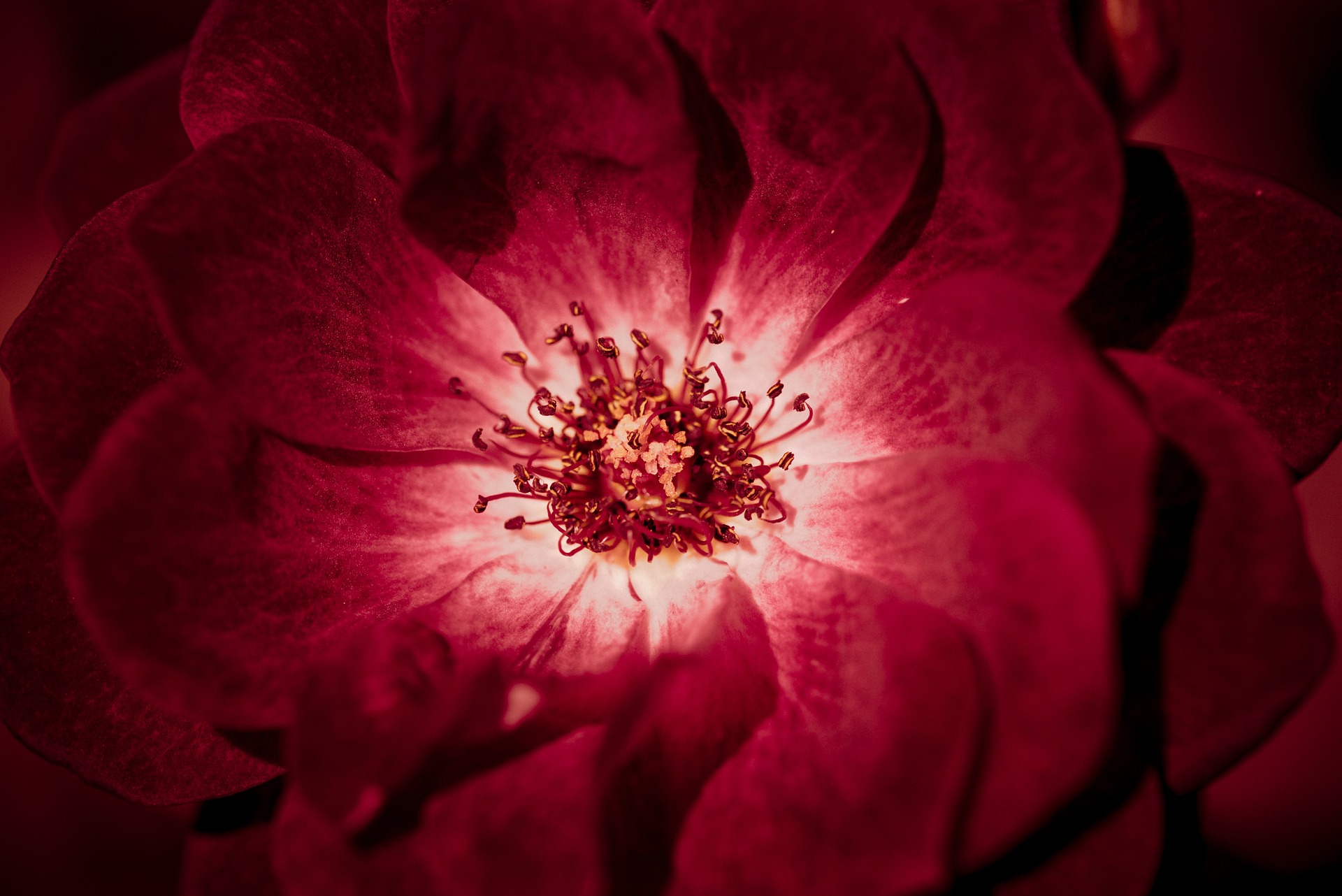Both my mother and father grew up poor. I’m not going to sugar-coat it by saying they were “economically challenged” or “struggled to make ends meet.” They were poor. Period. And in spite of their status, my mother always found a way to find a piece of joy (even if just a sliver) in every situation. My dad, however, struggled to find joy even in his self-made success. He has been striving since he was eight years old to ensure that neither he nor his family ever had to live in poverty. He was going to be a success. And by all outside measures, he was. Extremely successful. Yet, despite the accomplishments that came with the striving, there was not a level of success that could bring him genuine happiness, much less great joy.
As I look back on it now, my dad struggled with Performance Addiction, and like with any other addiction, it numbs the addict to the outside world. Drug addicts numb with substance. Performance addicts numb with their drive to succeed. I know the numbing cycle and even the ultimate consequence famously known as burnout and chronic disease that results from Performance Addiction. I know it all too well, not just from my dad, but because I too have suffered from Performance Addiction. I am a recovering Performance Addict.
As a society, we are drowning in Performance Addiction. It is so heavily embedded into the DNA of American culture that it’s rewarded. You’ve probably heard people brag about how many insane hours they’ve worked in a week, or that they didn’t have time to eat because they were too busy with a project. That’s the biggest differentiator with this addiction—even though it’s killing us—the “Hussle” of performance addiction is praised widely by most.
Life is an inside-out job. Performance Addiction personifies outside-in living. Performance Addiction fills a void in us with accomplishments for others to acknowledge. Only then, when we receive validation from the outside, do we temporarily feel good on the inside. When we are in the throes of Performance Addiction, we lose our true selves. We rarely feel worthy, smart, or even truly valuable. We wonder when someone will find out we are faking it—Imposter Syndrome at its best. We are a vessel for the addiction, which actually numbs our ability to thrive. We become burned out, and joy is nowhere to be found professionally or personally. When we can’t connect to joy in our lives, all our contributions feel like struggles instead of gifts (or expansions). We are at the brink of a spiritual emergency, losing the brilliant essence of who we are, the full expression of ourselves and joyfully using our gifts that is our genius.
But there’s good news. We always have the ability to make a different choice. We can build our muscles on how to enjoy life fruitfully. Whatever we choose, we claim. Entering into recovery and pivoting from the flatness of life caused by Performance Addiction takes radical self-awareness and intentional choice resulting in:
- The ability to recognize and appreciate the small miracles in our day-to-day lives;
- Improved gratitude (gratitude begets more to be grateful for);
- An awakening to our relationships that we have fallen asleep to;
- Becoming “lighter” (without taking things lightly);
- Laughing more;
- Setting healthy boundaries (learning to say no, not right now, or not everything right now);
- Better negotiation skills;
- Getting more done in less time;
- Increased ability to innovate;
- An overall positive perspective creating a greater impact in our organizations, families, communities and ultimately in the world and for the world.
Life is hard right now, for us all, which means that now is the right time to seek expansion from the inside-out. We have the honor, privilege and responsibility to treat ourselves and others with an optimal amount of love and to support the manifestation of a glorious and joyous life. How are you going to show up for the world, and for yourself?
Download our white paper: Performance Addiction: We Are Dancing as Fast as We Can





